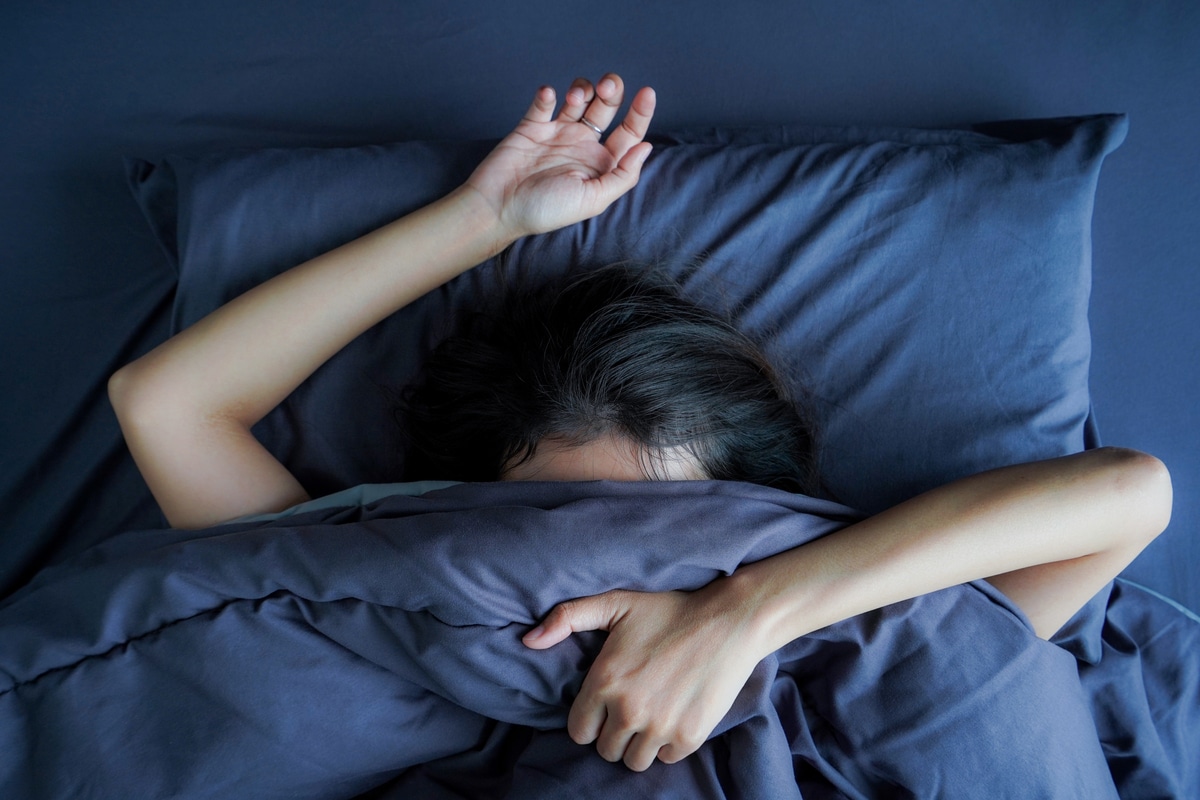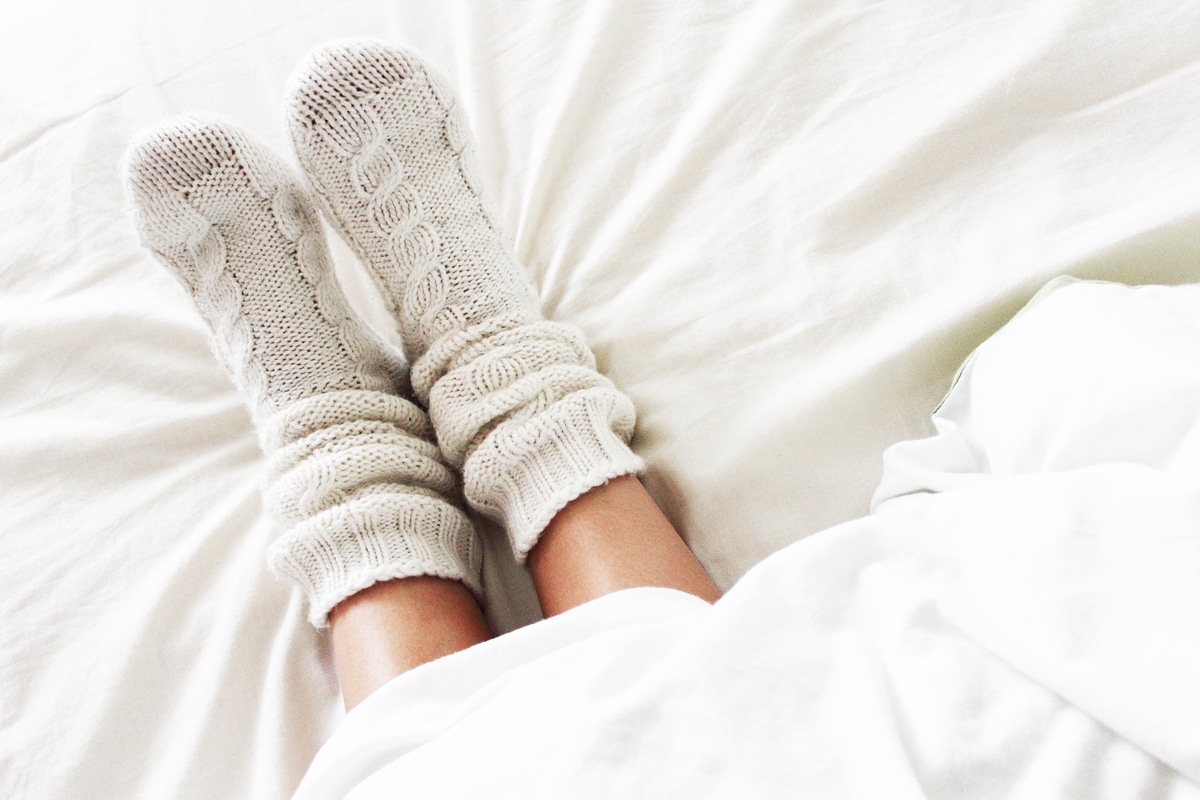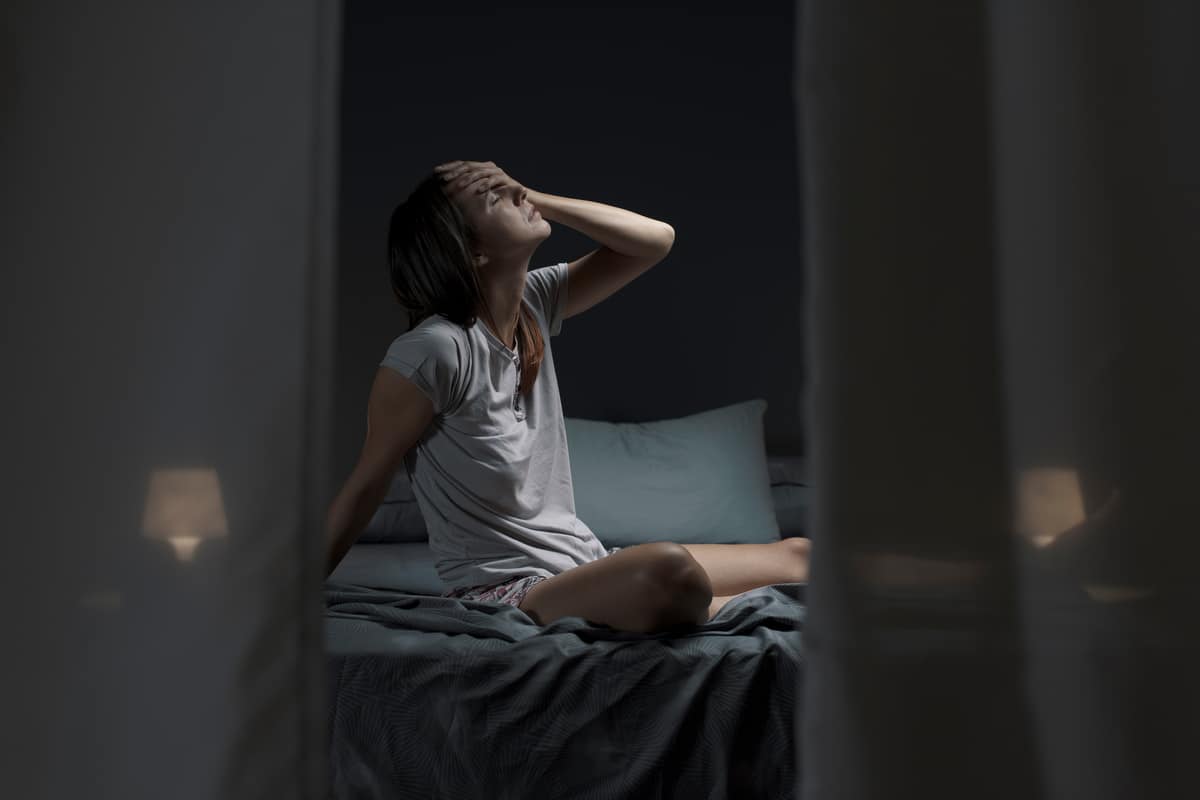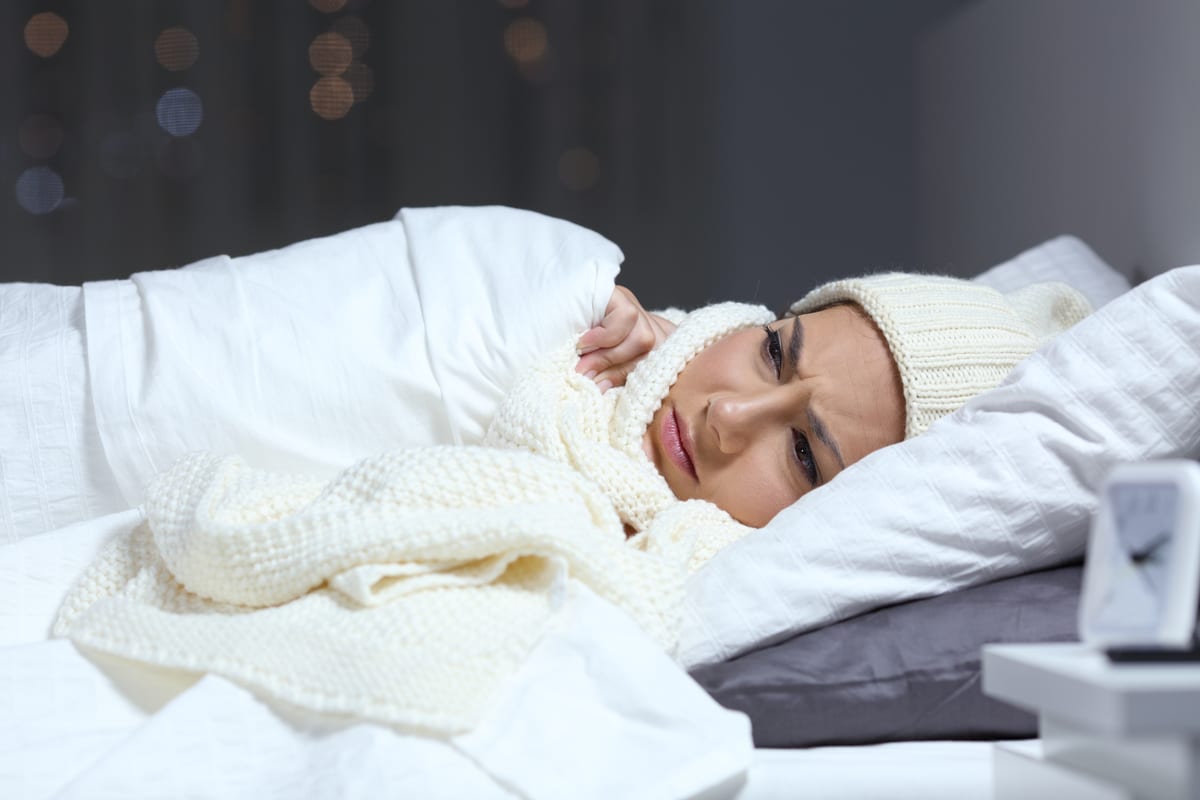
Having a brightly lit room is an achievement until it becomes a nuisance while you’re trying to sleep.
A good night’s sleep is as crucial as eating a healthy diet and exercising regularly, and poor sleep negatively impacts your hormones and brain function.
Cutting out light in a room has been said to aid in fast melatonin production, thus getting quality and adequate sleep with zero interruptions to the body clock. For the body to adapt and not wake up when the sun rises, it is essential to expose your body to darkness.
In the modern world, many people have jobs that require them to work for long hours or at night, meaning they have to sleep during the day.
Light in the bedroom can hinder you from getting enough sleep and is also uncomfortable, and while permanent modifications such as adding curtain rails and blinds made to your bedroom to make it possible to sleep during the day, not everyone has the privilege of owning a house, and those who rent don’t have the freedom to do these modifications.
So, does that mean people who rent their home can’t do anything to block the sunlight?
The short answer is no.
3 Ways to Blackout Windows without Curtains
There are short term ways to blackout windows without using curtains that might come in handy for this group.
Here’s how to blackout windows without curtains.
Using A Blackout Travel Blind
Blackout travel blinds are made from an opaque blackout fabric and come with strong suction cups that allow them to be attached to the window glass or self-adhesive attachments for the frame.
They block and cut out all light around window edges, therefore, creating total darkness, shade, and privacy whenever needed. These blinds give you the desired pitch black room that induces a relaxed feeling leading to sound sleep.
Since blackout blinds are temporary solutions to achieve a dark room, they are ideal for travellers looking to blackout a holiday apartment window, and are portable, lightweight, durable, and very simple to install.
However, they’re also a perfect option for nurseries and kids’ rooms, shift workers, and light sleepers looking for a quick and easy solution to blackout their sleep space.
Blackout blinds guarantee you a good night’s sleep regardless of where you are, home or away on holidays and vacations.
Sleeping With An Eye Mask
Sleeping with an eye mask is almost the best way to completely blackout light. You can use it alongside a blackout blind or tin foil to achieve your desired dark room, and it’s a cheap option to go for as you only need only one to serve the purpose.
Eye masks are also convenient as they don’t affect other people you may be sharing the room with, especially during the day when you wish to take a nap.
Eye masks prevent us from the temptation of looking around the room for distractions hence accelerates melatonin production. They also trick our brains into believing it’s bedtime and is low-risk, non-chemical alternatives to conventional sleep aids but just as effective, and compared to other methods of blocking light, eye masks are an inexpensive option.
But, are eye masks safe for your skin? The simple answer is yes – provided you use eye masks made of high-quality materials, you are all sorted.
However, using eye masks made of cheap and low-quality materials can cause allergies and irritations to the skin if you have sensitive skin, so it’s important to check the manufacturer label for potential irritants if you have sensitive skin.
Eye masks are affordable, easy to use and can be your travelling companion wherever you go. You need not worry about not getting quality sleep even away from the comfort of your bed.
Using Tin Foil Or Cardboard
Tinfoil, or aluminium foil, is a common and inexpensive way to blackout your window.
It’s a great option to go for as it’s airtight and there’s no way to see through it, so covering your window with tin foil is an effective way to achieve total darkness for easier sleeping during the day. Another advantage of the foil is that it’s malleable thus easily conforms to different window shapes.
Foil is a safe material to use as it doesn’t emit any toxins. Many people believe that prolonged exposure to sunlight can melt tin foil, but that’s far from the truth.
Foil has a high resistance to heat, its melting point being higher than the average summer temperatures. Besides, it’s also the same foil used in ovens to cover up foods while baking or grilling, so you shouldn’t worry about it melting or releasing toxins.
Another option, if you’re in a bind and have some leftover boxes from some online shopping, is to use cardboard to blackout your windows.
Cardboard not only shields you from UV rays but also keep out cold from your room, however, it might not be particularly the best way to go during summer as it provides insulation, thus keeping the room warmer.
These options are a great option if you’re in a bind, and although not particularly decorative, tin foil and cardboard are a practical choice for covering up your windows.
The Bottom Line
Natural sunlight has numerous health benefits and creates a desirable ambience in a home, but too much light becomes a problem if you’re trying to catch a few hours of sleep.
The ways above give the solution of how to blackout windows without curtains, and all three methods are cost-effective and temporary solutions that can come in handy for people that rent.
Out of the three, using a blackout travel blind is the most effective long term solutions.
Blackout travel blinds are designed to keep the light out of a room on a temporary or longer-term basis, and will not damage windows or walls when being used. They also offer flexibility as they can be moved from one room to another, or taken away on holiday to ensure a good night’s sleep while you’re away from home.
Sleeping with an eye mask is also a great option, as they give the illusion of darkness and prevent one from opening their eyes to look around the room, whilst not affecting others in the room that might require light.
However, they aren’t right for everyone and can be uncomfortable to wear during periods of hot weather or become dislodged if you’re a restless sleeper.
Using tin foil or cardboard can block out light completely, but it isn’t a desirable method to use in your room or apartment, and should only really be used as a last resort.










